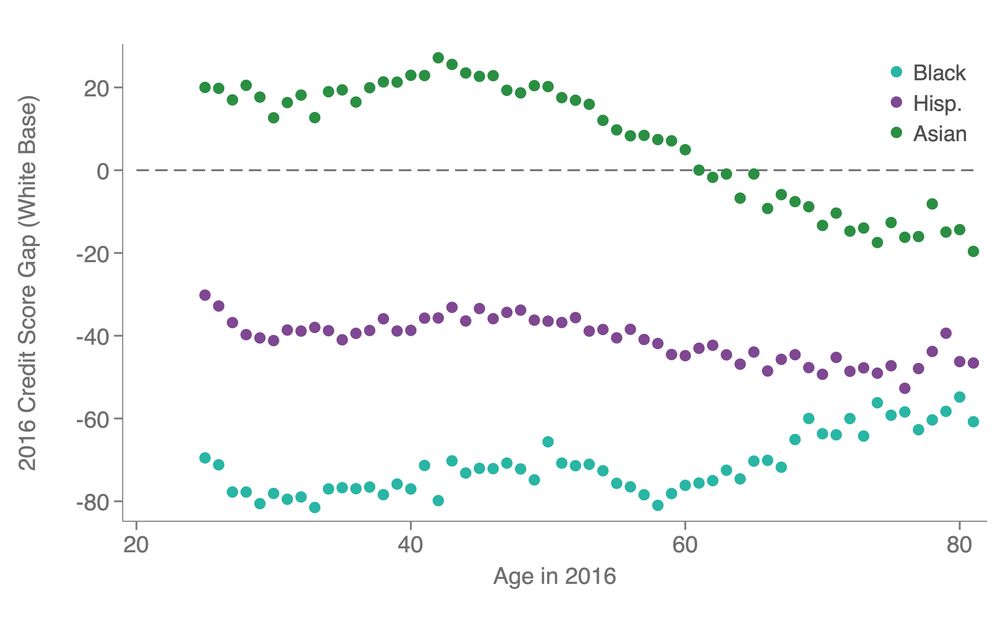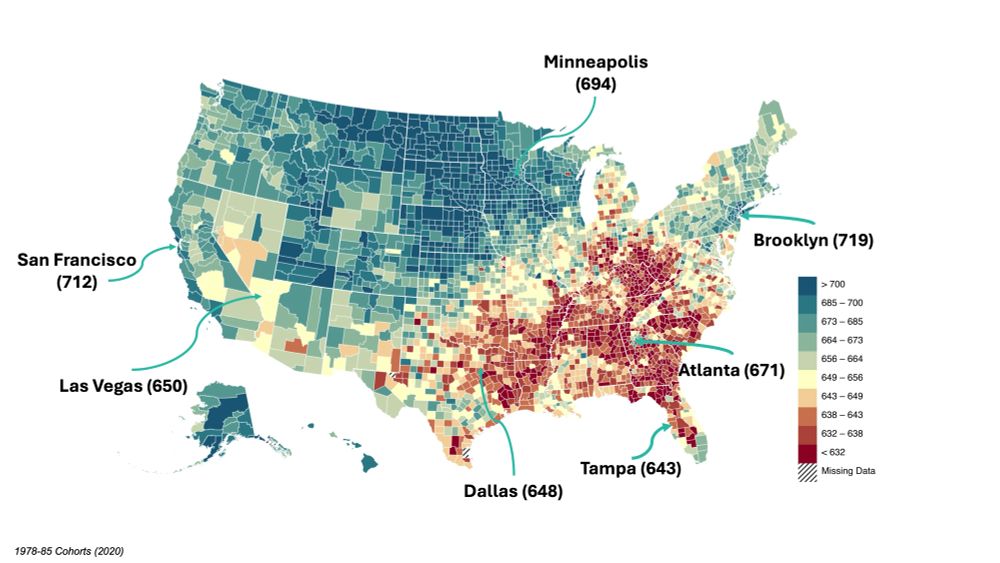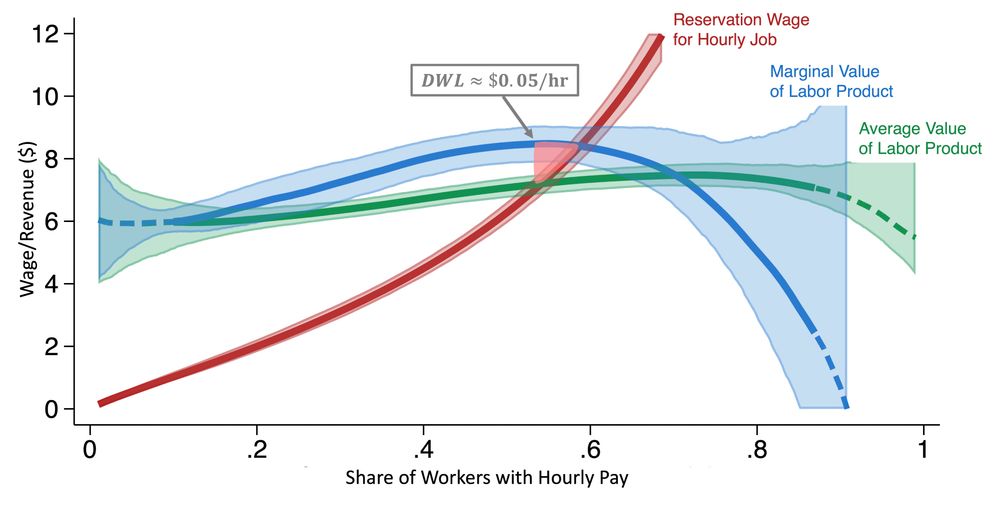






10/n

10/n
Meanwhile, I identify adverse selection by comparing output between workers on the same payment scheme who faced different initial wage offers.
7/n

Meanwhile, I identify adverse selection by comparing output between workers on the same payment scheme who faced different initial wage offers.
7/n
4/n
4/n

